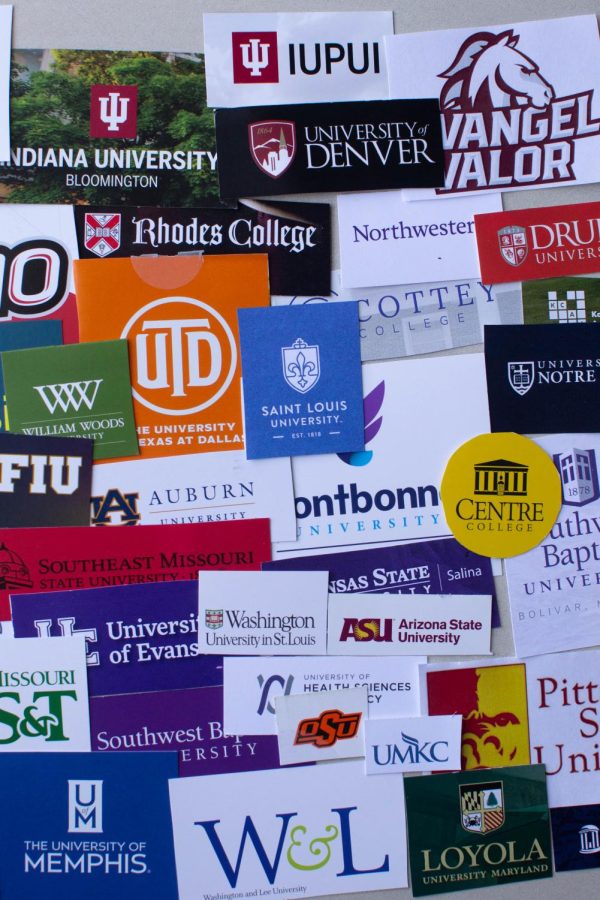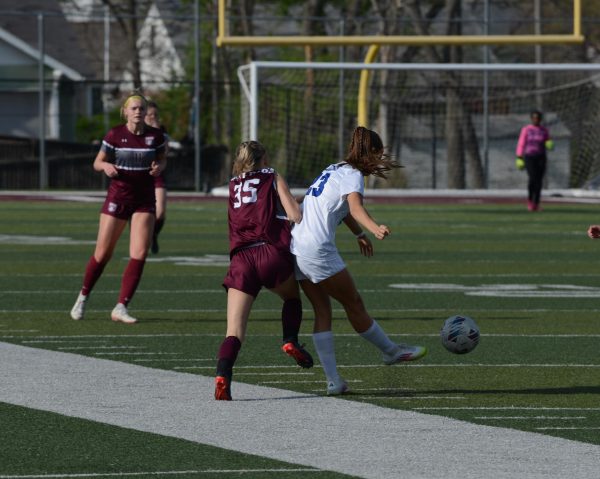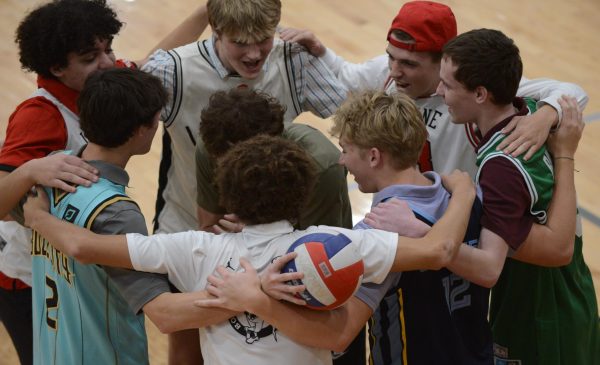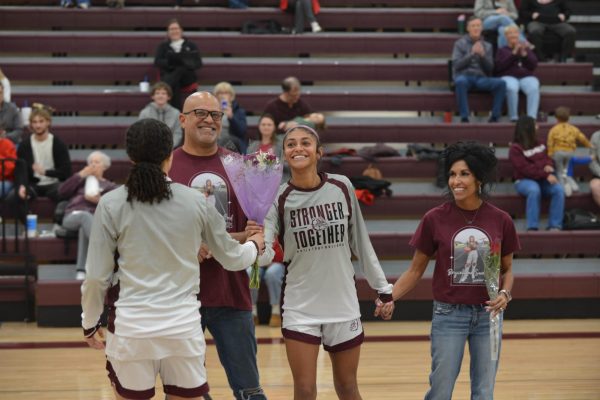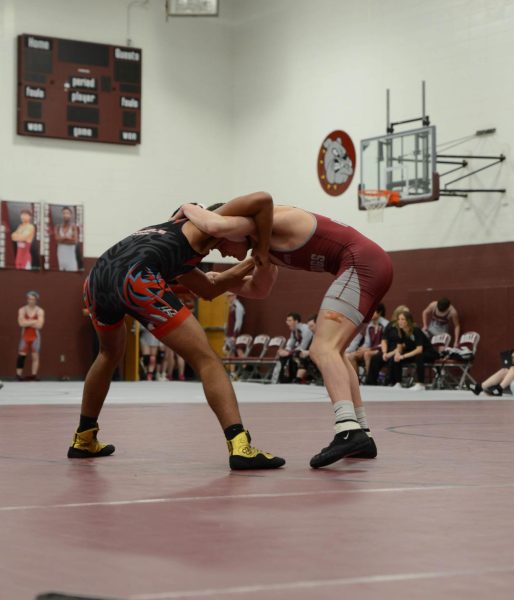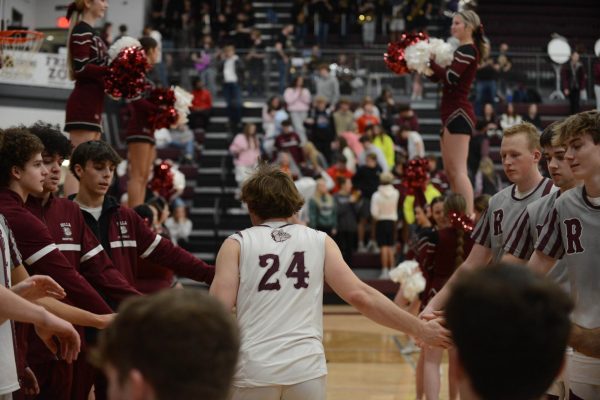RHS athletes consider college options
A looming question hovers over all students throughout their high school career: What will I do after I graduate? Many choose to pursue higher education, specifically 4-year schools. This involves applying and choosing from thousands of different colleges and universities based on a variety of factors. For student athletes, another layer is added to the process with deciding whether or not to continue their athletic career in college.
Senior athlete Hayden Fane wasn’t sure if he would continue playing sports until his football season ended.
“It [Playing sports in college] hasn’t always been my plan,” said Fane. “After football season ended, I realized that I would never put my pads back on, so that opened up the option to maybe try to wrestle in college, so I could keep that alive.”
Fane’s wrestling coach, Marty Hauck, reached out on his behalf to college coaches he knows.
“Coach Hauck played a pivotal role in getting my name out there, and then they [coaches] contacted me about that,” said Fane.
For other athletes, the recruiting process began earlier in their high school career, with junior year typically being considered prime recruiting season for most sports. Junior cross country and track athlete Izzy Frost is currently navigating the process.
“A lot of colleges have been reaching out,” said Frost. “For example, West Point sent an athletic recruitment signup letter to Coach Cook, who gave it to me. I’ve also been filling some questionnaires online and trying to get my name out there.”
While every sports recruitment process involves reaching out to coaches, for more team focused sports, there is more than just filling out quantitative questionnaires
“The best way of putting myself out there to get recruited was by playing for a really good and nationally known AAU team (Missouri Phenom),” said senior basketball athlete Savannah Campbell. “We traveled the country playing in big tournaments and got to play in front of hundreds of college coaches.”
Some of these coaches reached out to Campbell, including Pittsburg State University in Kansas, the school Campbell ended up choosing.
“I chose Pitt because I love the coaching staff, the culture of their program, and how much women’s basketball is supported there,” said Campbell. “They also have really nice facilities.”
While Campbell did find success through playing at regional and national events, these events can cost a pretty penny. USA Today estimates that high level club sports programs can cost anywhere from $1,500 to $5,000. Head baseball and softball coach Kenneth Hohe, a former college athlete, says it’s not a good financial return with most athletes only getting a partial scholarship.
“For every million athletic dollars, there’s a billion academic dollars,” said Hohe. “Many athletes also transfer or take five years to graduate, adding to their college costs.”
However, for most athletes, it’s not just about paying for college. This will likely be their last chance to play the sport they love at a competitive level with fewer than 2% of college athletes going on to compete professionally according to the National Collegiate Athletic Association (NCAA). So while the scholarship is nice, Campbell’s love to compete is what made continuing her basketball career an easy decision.
“I wanted to continue to play basketball in college because I love to compete and want to see what I can do at the next level,” said Campbell. “It’s also a great way to pay for college while doing something that I love.”

Hey, I’m Mallory, the webmaster of ECHO. This is my second year on staff, and I’m a senior. I run cross country and track, participate in band, stuco,...



